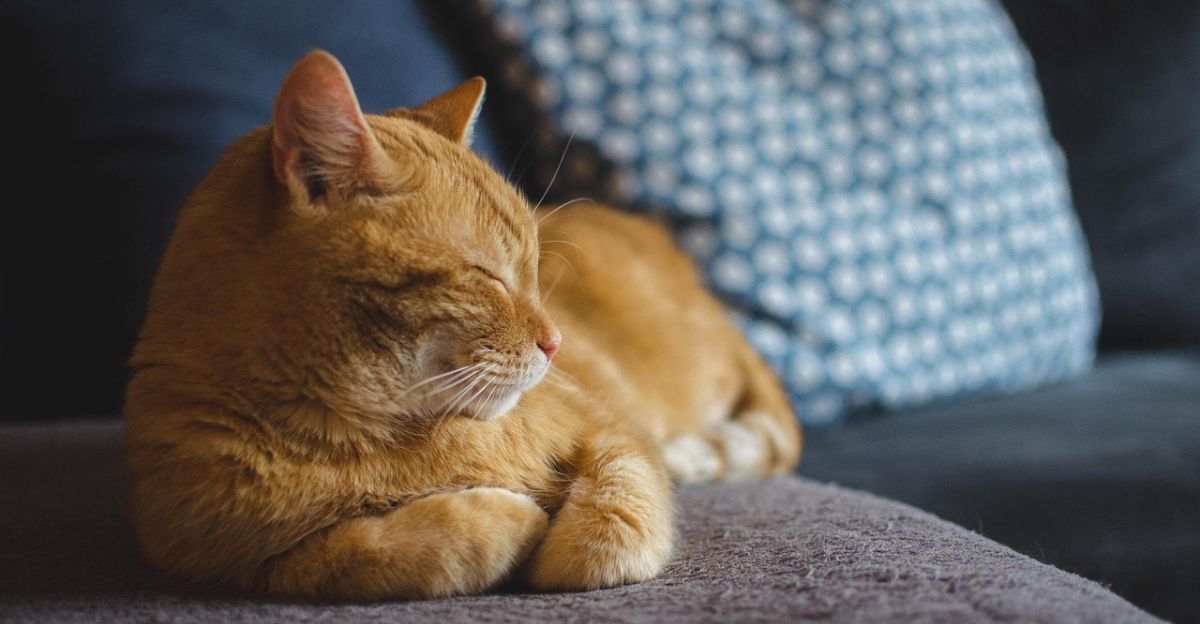How to Reduce Cat Shedding: Your Ultimate Guide to a Fur-Free Home

Do you ever feel like you're living in a snow globe, but instead of snow, it's a constant flurry of cat hair? You find it on your clothes, your couch, and somehow, even in your morning coffee. You're not alone! While dealing with cat hair is part of being a pet parent, you don't have to surrender your home to the fluff.
Shedding is a natural and necessary process for your cat's health, but excessive shedding can often be managed. The secret isn't to stop it completely, but to understand why it happens and how you can get it under control. Ready to reclaim your space and minimize cat shedding? Let's dive into the three pillars of coat control: diet, grooming, and environment.
Why Is My Cat a "Shedding Machine"? The Science Made Simple
Ever wonder why your cat sheds? It's all part of their hair's natural life cycle. Each hair goes through phases of growing, resting, and eventually falling out to make way for new hair. This process is heavily influenced by sunlight.
● Outdoor Cats: These kitties often experience two major shedding seasons a year. They'll shed their heavy winter coat in the spring and their lighter summer coat in the fall to prepare for winter.
● Indoor Cats: Your indoor companion lives in a world of climate control and artificial light. This can confuse their natural cycle, leading to a lower-grade, but constant, state of shedding all year round.
So, if it feels like shedding season is always in session, you're probably right!
You Are What You Eat: The Diet-Shedding Connection
A healthy coat truly starts from the inside. If your cat's diet is lacking, their coat will be the first to show it. Here's how to reduce cat shedding through nutrition:
● Power Up with Protein: Hair is made of about 95% protein. A diet rich in high-quality, animal-based protein provides the essential building blocks for strong, healthy fur that's less likely to break and shed.
● Embrace Healthy Fats: Omega-3 and Omega-6 fatty acids are superstars for skin and coat health. They help maintain a hydrated skin barrier, reduce inflammation that can cause itchiness and shedding, and give your cat's coat a beautiful shine. Look for foods with fish oil, salmon, or mackerel.
● Hydration is Key: Dehydration can lead to dry skin and, you guessed it, more shedding. Ensure your cat has constant access to fresh water. A cat water fountain can encourage them to drink more, and feeding high-moisture wet food is a great way to boost their hydration.
● Consider Allergies: Sometimes, excessive shedding is a reaction to an allergen in your cat's food, often a specific protein. If you suspect a food allergy, talk to your vet. They may recommend an elimination diet or switching to a hypoallergenic cat food to see if it makes a difference.
Brush Up Your Skills: The Ultimate Grooming Toolkit
When it comes to how to control cat shedding, grooming is your most powerful weapon. Every hair you remove with a brush is one less hair on your furniture.
Brush Smarter, Not Harder
Brushing is the most immediate way to manage shedding. But not all brushes are created equal.
|
Cat Type |
Best Tool |
Frequency |
|
Short-Haired |
Rubber glove or soft bristle brush |
2–3 times a week |
|
Long-Haired |
Undercoat rake + slicker brush |
Daily or every other day |
|
Senior or Obese |
Gentle misting brush |
Daily light grooming |
💡 Use the Misty Spray Comb to detangle, condition, and calm your cat with one press—no pulling, no static, just stress-free brushing.
“Regular brushing with the right tool prevents fur buildup and helps reduce hairballs before they start.”
To Bathe or Not to Bathe?
Bathing can remove a massive amount of loose fur at once. However, most cats aren't fans of water, and the stress can sometimes cause more shedding.
● When to Bathe: A bath every 4-6 weeks can be beneficial for long-haired cats prone to matting or for cats who can't groom themselves effectively. Otherwise, it's only necessary if they get into something dirty or sticky.
● How to Bathe: Always use a mild, cat-specific shampoo. Human shampoos can dry out their skin and cause irritation. For a less stressful option, try waterless shampoos or pet-safe grooming wipes.
When to Worry: Normal Shedding vs. a Red Flag
While shedding is normal, a sudden change could signal an underlying health issue. Contact your vet if you notice excessive shedding along with any of these signs :
● Bald patches, rashes, or scabs
● Constant scratching, biting, or licking
● Greasy, flaky, or matted fur
● Changes in appetite, weight, or energy levels
These symptoms could point to issues like parasites, allergies, stress, hyperthyroidism, or other illnesses that require veterinary care.
Your Fur-Free Future Awaits!
Learning how to control cat shedding is a marathon, not a sprint. By combining a nutritious diet, a consistent grooming routine with the best cat brushes for shedding, and a calm home environment, you can significantly minimize cat shedding. Think of it as another way to bond with your feline friend—a few minutes of brushing a day not only leads to a cleaner house but also a healthier, happier cat.
🐾 Frequently Asked Questions
Q: How often should I groom my cat to reduce shedding?
A: Short-haired cats need brushing 2–3 times a week; long-haired breeds may require daily care.
Q: Does bathing help reduce shedding?
A: Occasional baths (every 4–6 weeks) can help but overbathing can dry out the skin. Use cat-specific shampoos only.
Q: What kind of food helps reduce shedding?
A: High-quality diets rich in animal protein and Omega-3 fatty acids support coat health.
Q: Why is my indoor cat shedding all the time?
A: Indoor cats experience year-round shedding due to artificial light and controlled temperatures disrupting seasonal cues.


